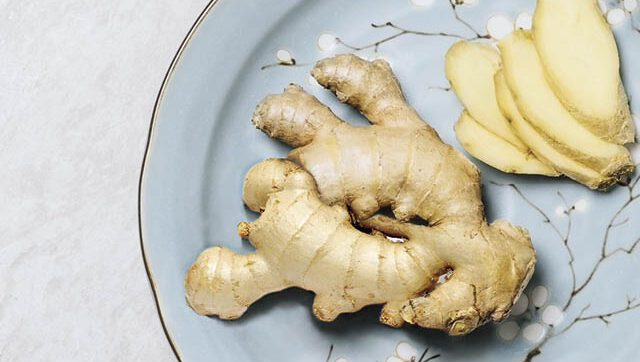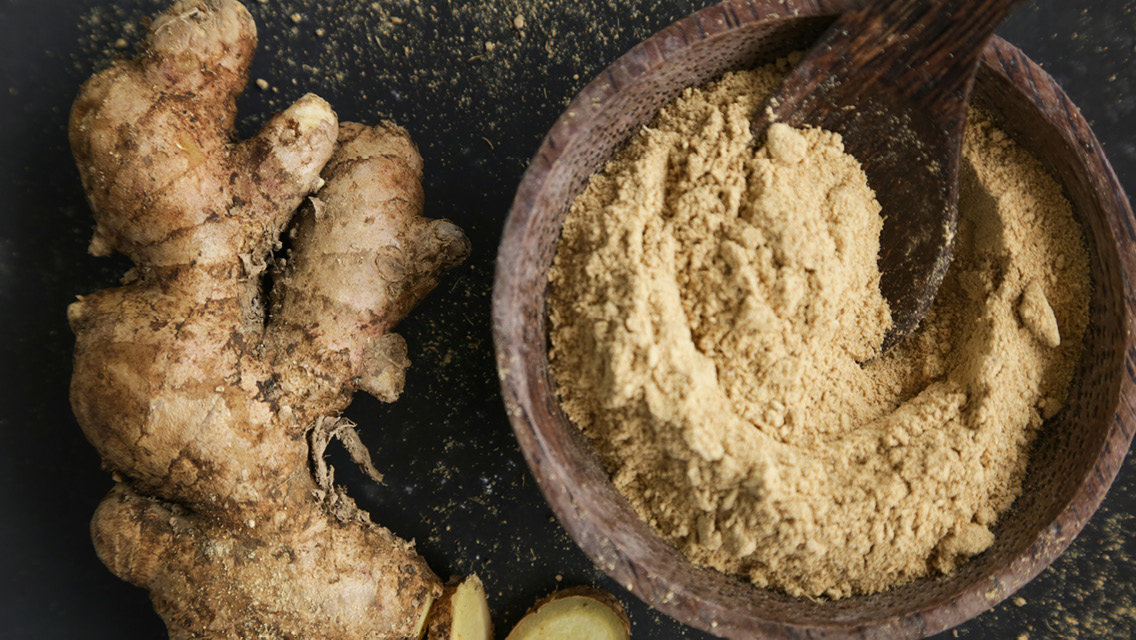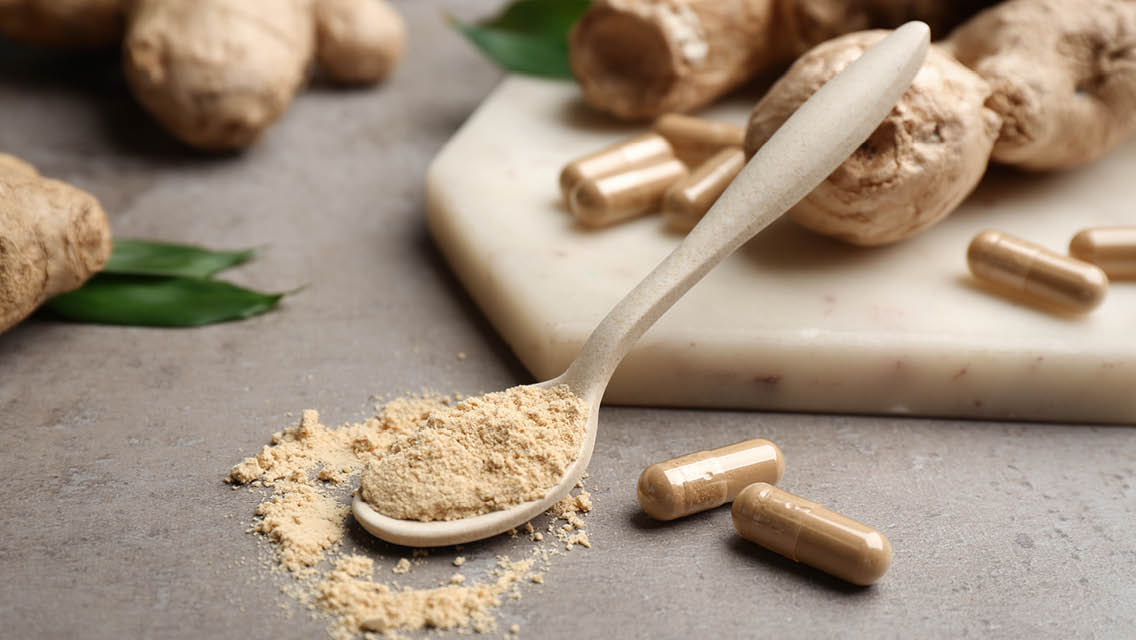Shop and Store
Pick firm and dense ginger roots. These have likely been allowed to age sufficiently before being harvested, boosting the levels of nutrients and phytochemicals. Extend a root’s shelf life by wrapping it in a dry paper towel and storing it in a canning jar in the fridge for up to three weeks.
Peel It (or Don’t)
Vegetable peelers tend to remove quite a bit of the root along with the skin. Try using a spoon instead to scrape away the peel — or simply leave it on. It’s perfectly edible and high in fiber.
Spice Up Your Meals
Finely chopped or grated ginger is commonly used in curries and stir-fries, but its sweet-and-spicy flavor livens up nearly any recipe. Rub grated ginger on chicken before grilling, toss a few slices in a simmering soup, or add a teaspoon of finely chopped ginger to your morning smoothie or a homemade salad dressing.
Tame Your Tummy
Ginger increases motility in the GI tract, so it can aid digestion. It can also ease nausea and calm an upset stomach. Try chewing on a small piece of fresh ginger, or make a simple tea: Place up to three slices of fresh ginger in a mug, then add boiling water and steep for five minutes. Enjoy with a bit of honey, if desired. (Boost your immunity and improve your gut health by making your own fermented “ginger bug” at home.)
Aid Arthritis
Ginger contains the chemical compounds gingerol and shogaol, which are partly responsible for the root’s pungent flavor. These phytochemicals also promote the repair and prevention of joint inflammation, making ginger a fine dietary addition for anyone with arthritis.




This Post Has 0 Comments